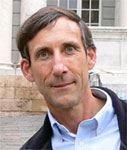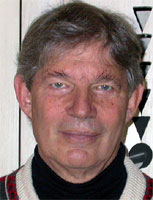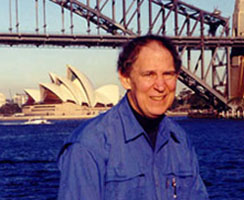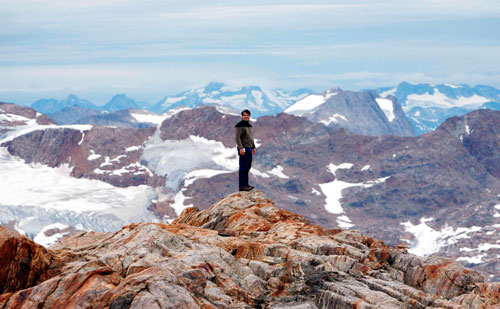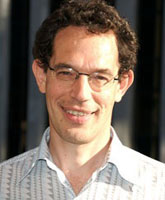As humans, we have a long history of projecting our great stories into the night sky. This leads us to wonder: if we were to make new constellations today, what would they be? If we were to paint new pictures in the sky, what would they depict? These questions form the inspiration for Universe, which explores the notions of modern mythology and contemporary constellations.
UNIVERSE
REVEALING OUR MODERN MYTHOLOGY
By Jonathan Harris


Introduction
[ED. NOTE: One of the highlights of this year's interesting and eclectic TED Conference in Monterey, California, organized by TED "curator" Chris Anderson, was the premiere a new work by Jonathan Harris, a New York artist and storyteller working primarily on the Internet. His work involves the exploration and understanding of humans, on a global scale, through the artifacts they leave behind on the Web.
"Universe, he writes, "was inspired by questions like: if we could draw new constellations in our night sky today, what would those be? What are our great stories? What are our great journeys? Who are our heroes and heroines? Who are our Gods and Goddesses? What is our modern mythology? Universe tries to answer these questions through analysis of global media coverage, as construed by Daylife."
"Universe presents an interactive night sky, composed of thousands of twinkling stars, which then connect to form constellations. Each of these constellations has a specific counterpart in the physical world — a story, a person, a quote, an image, a company, a nation, a mythic theme. Any constellation can be clicked, making it the center of the universe, and causing all other stars to enter its orbit. Universe is infinitely large, and each person's path through it will be different. For an explanation of how it works, read 'Stages'. For a longer discussion of the ideas behind the piece, read'Statement'."
Jonathan Harris invites you "to start exploring, get lost, find something amazing, and make your own mythology". Click here for Jonathan Harris's "Universe".
— JB
JONATHAN HARRIS is an New York artist and storyteller working primarily on the Internet. His work involves the exploration and understanding of humans, on a global scale, through the artifacts they leave behind on the Web.
Jonathan Harris' Edge bio page

